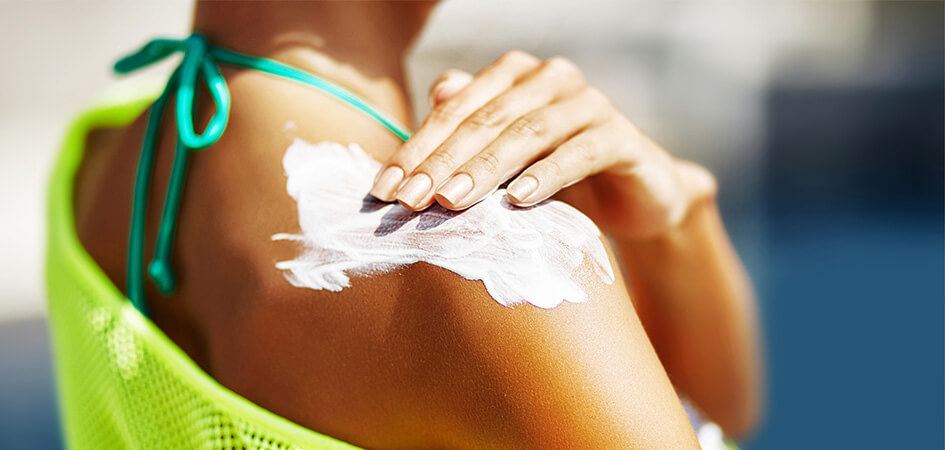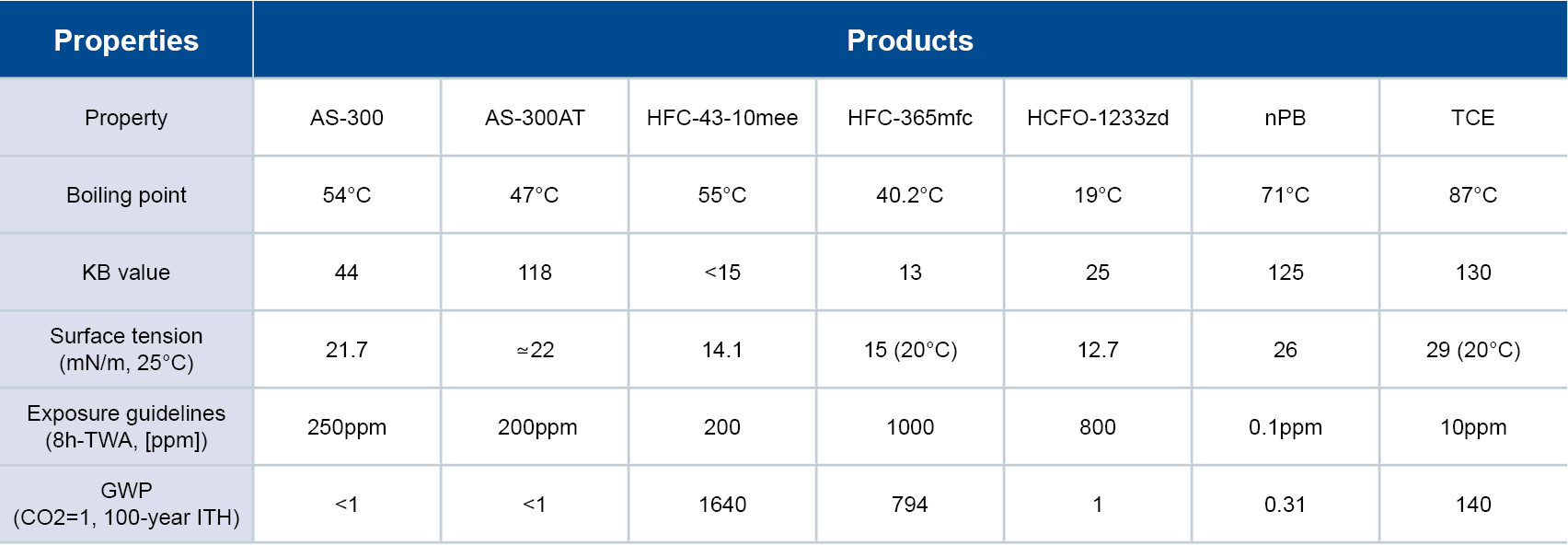Specialty Silica Gels Improve Aesthetics of Mineral-Based Sunscreens

Reading Time: 3 minutes
Water-in-oil (W/O) sunscreens have always been an industry challenge because achieving the required SPF with minerals created a greasy, unappealing product. AGC and its partner ACT Solutions have succeeded in creating effective mineral formulations without these aesthetic problems. Adding SOLESPHERE™ porous and nonporous silica gels to formulations makes it possible to produce sunscreens and makeup with both high SPF and consumer appeal.
New test formulations made with porous and nonporous silica gels achieve a high-SPF sunscreen (in vitro 70+) with UVA/UVB sun protection as well as moisturizing and skin-conditioning characteristics. These W/O formulations are more competitive with oil-in-water (O/W) products.
Formulation Challenges of Mineral Actives
W/O formulations provide effective UV protection using natural mineral actives like zinc oxide. Minerals are more environmentally friendly and safer for humans. Zinc oxide nanoparticles, being a natural broad spectrum UV filter, have become an ideal ingredient in sun care products. For instance, according to BASF, in the last five years, products launched using zinc oxide nanoparticles in North America were 90% sun care products. In fact, data has shown that the use of zinc oxide as a UV filter increased by 20% between 2017 and 2018, while new sunscreen launches containing all-chemical UV filters have been on the decline since 2014.
Despite the safety advantages, these products have been unpopular with customers because they feel greasy and slimy when applied and leave a white coating on the surface of the skin that is hard to rub in. While some customers accept this for sunscreen, almost none accept it for daily skincare products.
In addition to the aesthetic issues, W/O formulations are more time-consuming and tricky to manufacture than O/W formulations. Incorporating waxes compounds this problem because they require processing at higher temperatures.
Silica Gel: An Ideal Sunscreen Ingredient
Recent advances in silica gel technology have answered all of the above challenges. SOLESPHERE microspherical silica gels are made from silicon dioxide, a natural, sustainable material.
While silica gels do not inherently provide sun protection in W/O sunscreen formulations, they provide SPF boost, enabling less mineral content to be used in the formulations. Their pores also excel at scattering light. As UV light passes through the film of product on the skin, the porosity of the silica gels increases its pathlength and causes the light to scatter in all directions.
Formulations made with silica gels also form a thicker and more uniform film on the skin. These two factors raise the SPF of the inorganic sunscreen by up to 200%. Additionally, silica gels absorb oil and sebum, reducing their greasy and slimy feel. SOLESPHERE gels are ideal replacements for traditional SPF boosters like waxes and microbeads.
Porous Silica Gels
Porous microspherical gels with a 3 μm particle size have a 700 m2/g surface area, which is higher than most microbeads. They also do not deform like plastic beads.
Testing has shown that adding just 2% of spherical silica gels to a W/O emulsion sunscreen will change the aesthetics enough to rival any O/W emulsion.
This testing has also shown that these characteristics provide maximum light scattering:
- Mean particle size of 3,000 nm
- Specific surface area of 700 m2/g
- Pore volume of 2 mL/g
- Pore diameter of 11 nm
Nonporous Silica Gels
Nonporous silica gels cannot scatter light, meaning they don’t provide any SPF boost when used alone or with an active ingredient in an inorganic sunscreen formula. However, when they are added to a formulation along with porous silica gels, they boost SPF because they improve the dispersion of sunscreen actives.
Testing has shown that adding 2% aqueous nonporous gels with a mean particle size of 10,000 nm and specific surface area of 50 m2/g to an inorganic sunscreen system boosts SPF by another 75%.
Successful Test Formulas
Below are test formulations that demonstrate the effects of adding porous and nonporous silica gels:
ACTS 23095 Coconut Care SPF+ – High-SPF (in vitro 70+) UVA/UVB sun protection with moisturizing and skin-conditioning characteristics.
- In vitro SPF 72, critical wavelength 372.4 nm
- In vitro SPF without silica gels 19.9
- 18% zinc oxide
- No whitening
- Moisturizing but with no greasiness
- Leaves skin with a “perfected” appearance
- Ideal for face and body
- W/O structure provides inherent water resistance
- 2% porous silica gels, 2% nonporous silica gels
22514 Shade Perfect – A hydrating, nongreasy tinted sunscreen with a 50+ SPF.
- Contains only 9% (UVA-attenuating) titanium dioxide plus 3.75% iron oxides
- In vitro SPF >50
- Provides enhanced UVA protection (age, discoloration, cancer) with a critical wavelength of 386 nm
- Hydrating, nongreasy formula
- Designed for darker complexions
- Lightly tinted, no whitening on skin
- 2% porous silica gels, 2% nonporous silica gels
W/O products using mineral actives will continue to be difficult to produce. However, these products can compete with O/W products and gain consumer acceptance if the aesthetics and stability are improved. This improvement can be achieved by using porous and nonporous silica gels.
Access more information about SOLESPHERE microsphere silica gel test formulations here.
To learn more about our fine silicas for cosmetics formulations, contact an AGC representative.
 English
English 